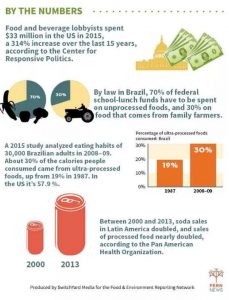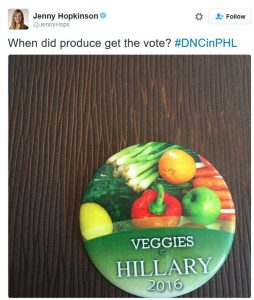The latest in soda advocacy
Two items in the case against excessive consumption of sugary beverages:
More ties to Coca-Cola at CDC
Carey Gillam, the research director for U.S. Right to Know, has been busy delving through e-mails between officials at the Centers for Disease Control and Prevention (CDC) and Coca-Cola.
Her previous story was followed by that official’s retirement.
This one identifies another CDC official with “a history of promoting and helping lead research funded by Coca-Cola.”
I’m quoted in the article:
Officials of public health agencies run the risk of cooptation, capture, or conflict of interest when they have close professional ties with companies whose job it is to sell food products, regardless of the effects of those products on health.
Calls for warning labels
Dean Schillinger, a doctor at UCSF and CSPI’s Michael Jacobson have co-authored an article in JAMA calling for warning labels on advertisements for sugary drinks—something that is being tried in San Francisco, albeit in the face of legal challenges.
So far, the courts have upheld the warning labels. The authors conclude:
Implementing such policies could benefit all US residents, but could especially benefit socioeconomically vulnerable populations, including children, some of whom are exposed to a disproportionate volume of SSB advertising and often purchase these products at high rates and experience the greatest risk of chronic diseases. The decision in American Beverage Association (ABA) et al v City & County of San Francisco, if upheld by the appellate court, provides a pivotal legal precedent that could influence public health policy at local, state, and national levels related to communicating the health risks inherent to SSBs and other products.

 Manufacturers answer FAO’s call to increase pulse consumption in 2016 with new bean-based snacks
Manufacturers answer FAO’s call to increase pulse consumption in 2016 with new bean-based snacks





